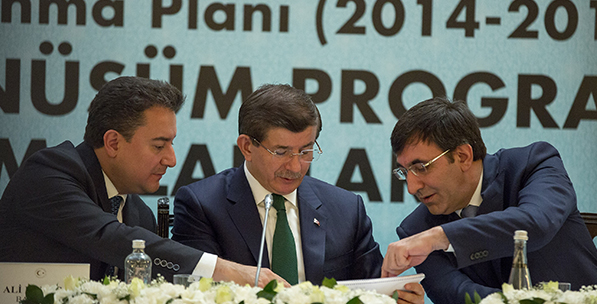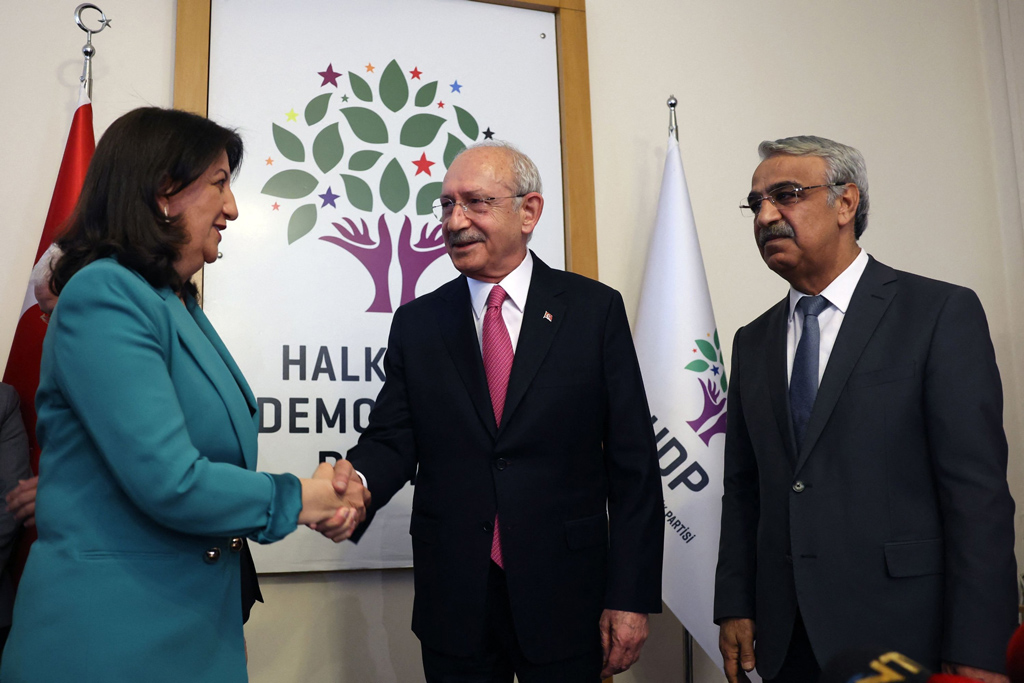Turkey's revamped structural transformation program has finally been unveiled. This constitutes a historic milestone as the document signifies a change in the path of the development narrative followed over the course of the last decade. Twenty-five priority transformation programs were previously specified in the 10th Five Year Development Plan for 2014 to 2018, which is comprised of radical reforms in macroeconomic management, industry-technology policy and social policy areas with specific road maps for implementation and division of labor among stakeholders. The first nine priority transformation program announced by Prime Minister Ahmet Davutoğlu concerned inter-sectorial steps that should be taken to revive the real economy and increase the dynamism of the industrial sectors.
Both the timing and contents of this initial transformation package was quite fitting given that Turkey will undertake the rotating presidency of the G20 at the end of this month amid declining growth rates of the global economy. Davutoğlu stressed that Turkey's structural transformation agenda was prepared in view of the need to maintain domestic political stability and economic predictability, to improve human capital for human-centered development, to adapt to global changes in production technologies through research and development and innovation, to establish a holistic approach to economic development and ensure a healthy integration with the global economy. These principles no doubt reflect an up-to-date understanding of global changes and a systematic preparation to initiate a structural transformation agenda against the impending "middle income trap."
It is now crystal clear that Turkey's first generation development narrative based on effective macro prudential measures, substantial influx of foreign capital and intensive investment in construction and service industries has had its day. Since the crisis exit process after 2008, Turkey's economy was giving signals that indicated gradual deindustrialization and weakening of the real economy. With the change in the global conjuncture following the decision of the Federal Reserve to end quantitative easing, these signals were bound to become even more apparent. Hence, Turkey had to take radical steps before interest rates begin to rise again in the U.S. at some point next year. The unveiling of this structural transformation program that covers macroeconomic management, real economy and social policy with clear goals, division of labor among relevant institutions and deadlines shows that policy makers are perfectly aware of this fact. But obviously, the successful execution of the structural adjustment agenda will require active and effective participation by the leading members of the entrepreneurial community.
The first transformation package included clear road maps in crucial areas that constituted weak spots in Turkey's economic performance so far such as promoting local technological development and production through public procurement; branding in high technology areas and research-development supports; reducing import dependency of production and trade structures through incentives for intermediate goods and regional diffusion of investments; commercializing priority sectors such as health, aviation and space technologies through centres of excellence and entrepreneurial supports; improving energy efficiency through new strategies and better utilization of renewable local resources for solar, wind and geothermal power and improving efficiency of water usage in agriculture through infrastructural improvements.
These policy priorities clearly indicate an increased policy emphasis on the promotion of local industrial upgrading, productivity growth and technological improvement through state activism and public-private collaboration. We are glad to see this proactive aproach in action, but the advancement of the implementation stage, especially the forms of public-private collaboration in critical areas, will eventually determine the relative succes






